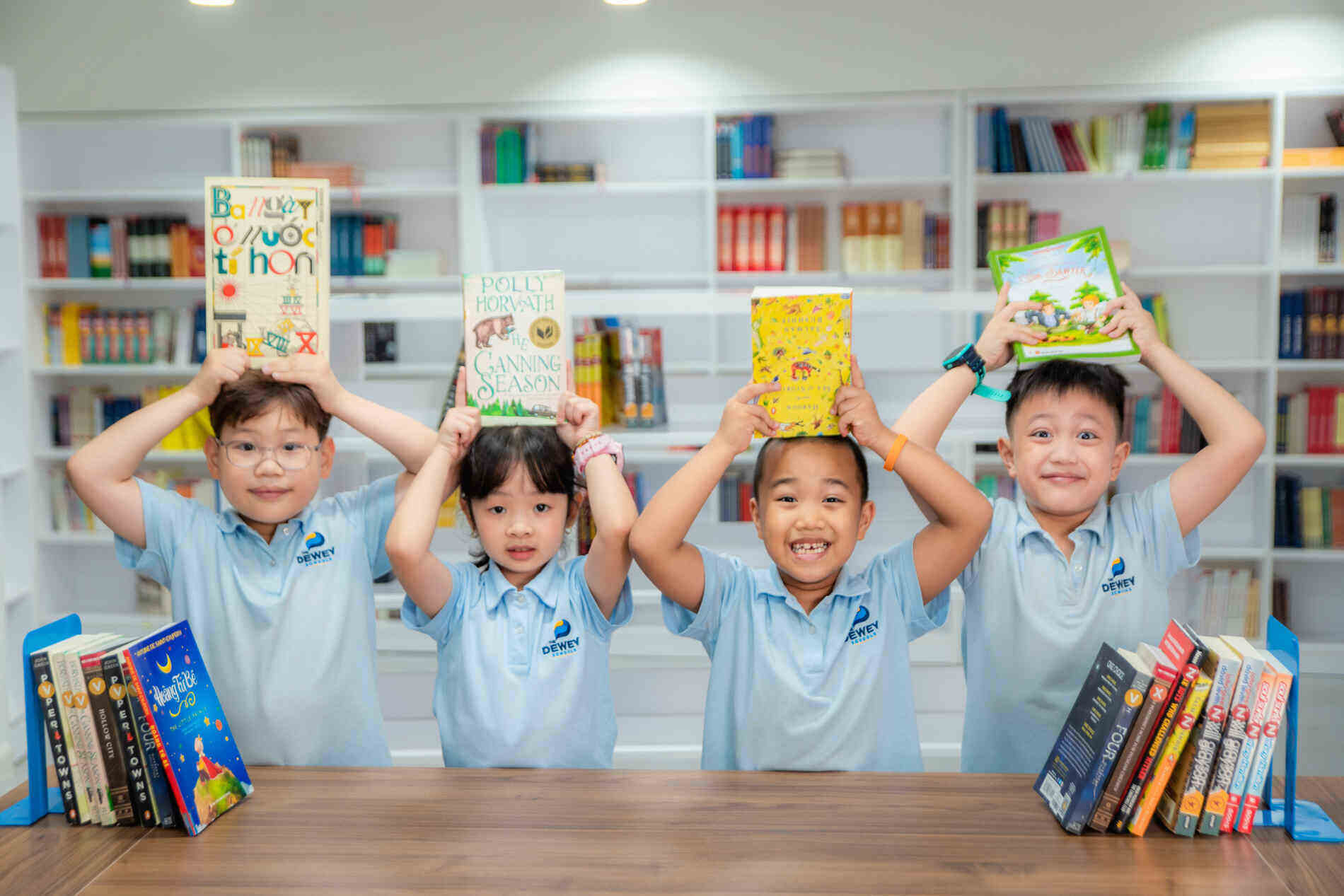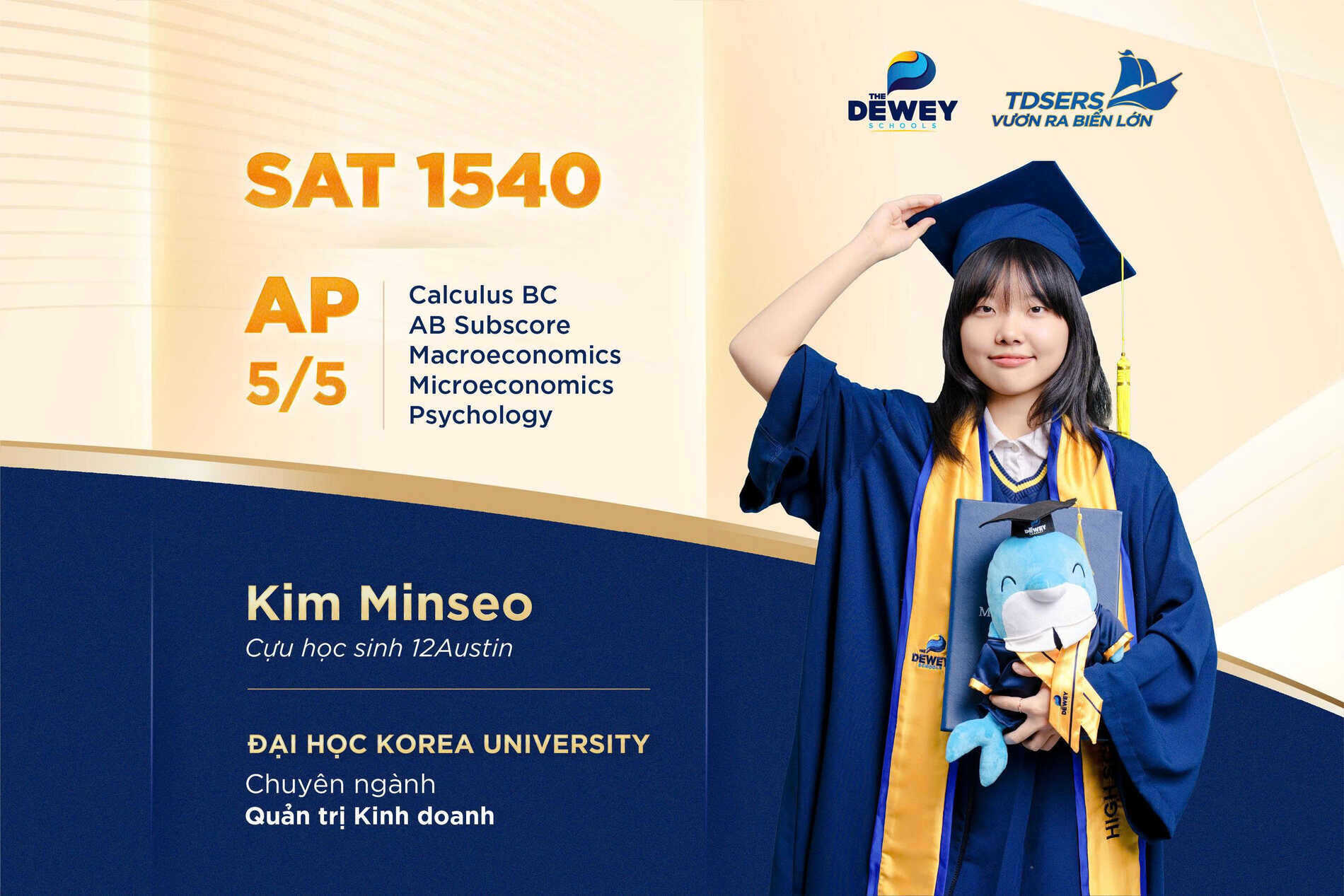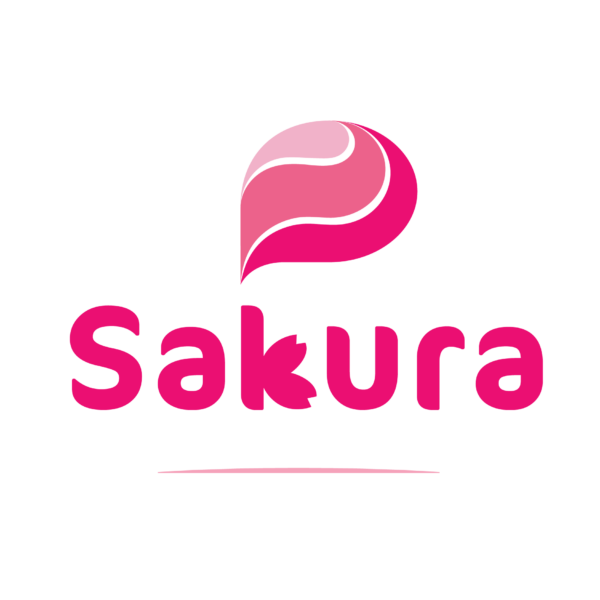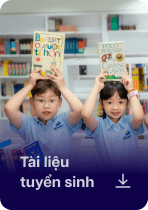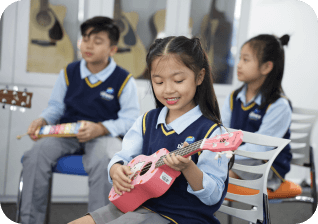When it comes to early childhood education, parents are often torn between two globally respected options: the Montessori method and the IB Primary Years Programme (IB PYP). Each offers a unique approach to fostering intellectual, emotional, and social growth in young learners. This guide compares the key philosophies, benefits, and learning environments of both to help you determine the best school program for your child.
What Is the IB Primary Years Programme (IB PYP)?
The IB PYP is an internationally recognized curriculum for students aged 3 to 12, focusing on inquiry-based learning, critical thinking, and global citizenship. It promotes active engagement with complex, real-world issues by encouraging curiosity and collaborative problem-solving.
Core Features of the IB PYP:
- Student-led inquiry: Children explore transdisciplinary themes through guided questions and investigations.
- Global perspective: The program fosters international awareness and appreciation of diverse cultures.
- Holistic development: Social, emotional, and intellectual growth are integrated to shape well-rounded learners.
- Learner profile attributes: Encourages values such as open-mindedness, empathy, and reflection.
Why Choose the IB PYP?
The IB PYP is ideal for families seeking an international education with strong academic structure. It enhances critical thinking, builds global awareness, and prepares children for a dynamic, interconnected world. Group projects and real-life contexts develop collaboration and adaptability.
What Is the Montessori Education Method?
The Montessori method focuses on child-centered learning, encouraging independence, responsibility, and hands-on exploration. Designed to support early childhood development, this model empowers children to learn at their own pace in a thoughtfully prepared environment.
Key Elements of Montessori Education:
- Self-directed activities: Children choose learning tasks based on personal interest and readiness.
- Hands-on materials: Sensory-based tools reinforce conceptual understanding and real-world application.
- Freedom within structure: Classrooms are calm, orderly, and promote autonomy while meeting developmental needs.
- Intrinsic motivation: Children build self-discipline and confidence through meaningful, self-initiated learning.
Benefits of Montessori for Young Learners:
Montessori programs are excellent for fostering independence, creativity, and a deep love for learning. Students develop strong problem-solving and practical life skills in a nurturing, non-competitive environment.
IB PYP vs Montessori: Side-by-Side Comparison
|
Feature |
IB PYP |
Montessori |
| Teaching Style | Inquiry-based, structured learning | Self-paced, child-led learning |
| Focus | Global thinking, collaboration, reflection | Independence, real-world skills |
| Ideal For | Social, curious, globally aware students | Self-motivated, independent thinkers |
| Learning Environment | Teacher-guided, group projects | Calm, ordered, activity-based spaces |
| Assessment Approach | Continuous reflection, skill-based feedback | Observation, progress through experience |
How to Choose the Best Learning Approach for Your Child
Every child has unique learning preferences and goals. Here are key considerations to guide your decision:
1. Learning Style
If your child thrives in structured, collaborative settings, the IB PYP may be a great fit. For learners who value freedom and hands-on experiences, Montessori education often proves more engaging.
2. Personality Traits
Children who enjoy group discussions and big-picture thinking might excel in the IB environment. More reserved or independently driven kids typically flourish under the Montessori method.
3. Long-Term Educational Goals
The IB curriculum builds a strong foundation for international schooling and future academic pathways. Montessori nurtures lifelong learners with adaptable, real-world skills from a young age.
4. Developmental Needs
Think about your child’s current stage of development. The IB PYP emphasizes analytical skills and global awareness, while Montessori supports emotional resilience, focus, and practical independence.
Tips to Find the Best Fit
- Visit classrooms: Observe how your child responds in IB and Montessori environments.
- Talk to educators: Learn how each approach supports your child’s strengths and challenges.
- Review the curriculum: Match program goals with your child’s learning style and aspirations.
- Involve your child: Ask for their input to see where they feel most inspired and comfortable.
Montessori or IB PYP—Which Is Right for Your Child?
Both the Montessori method and IB Primary Years Programme offer exceptional learning opportunities. The best choice depends on your child’s personality, interests, and future goals. By understanding the core principles and benefits of each, you can select a program that supports your child’s growth, confidence, and long-term success.
